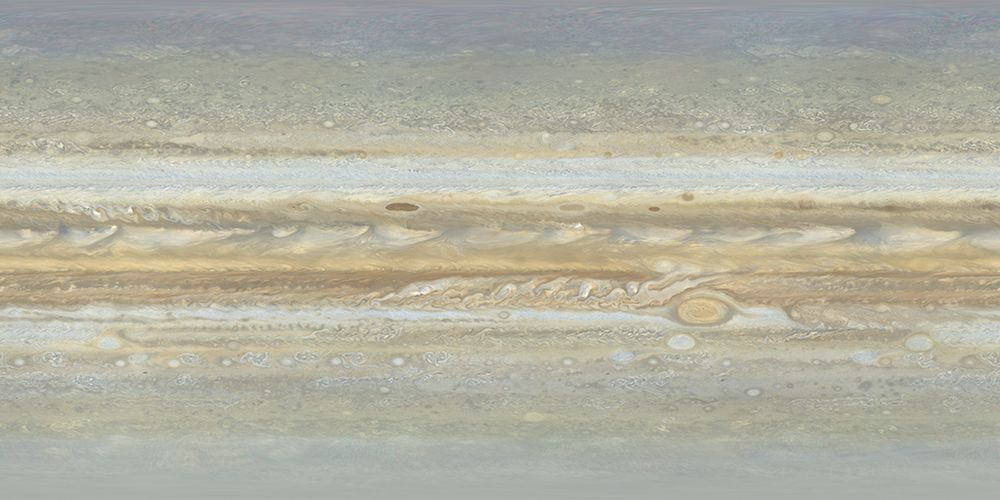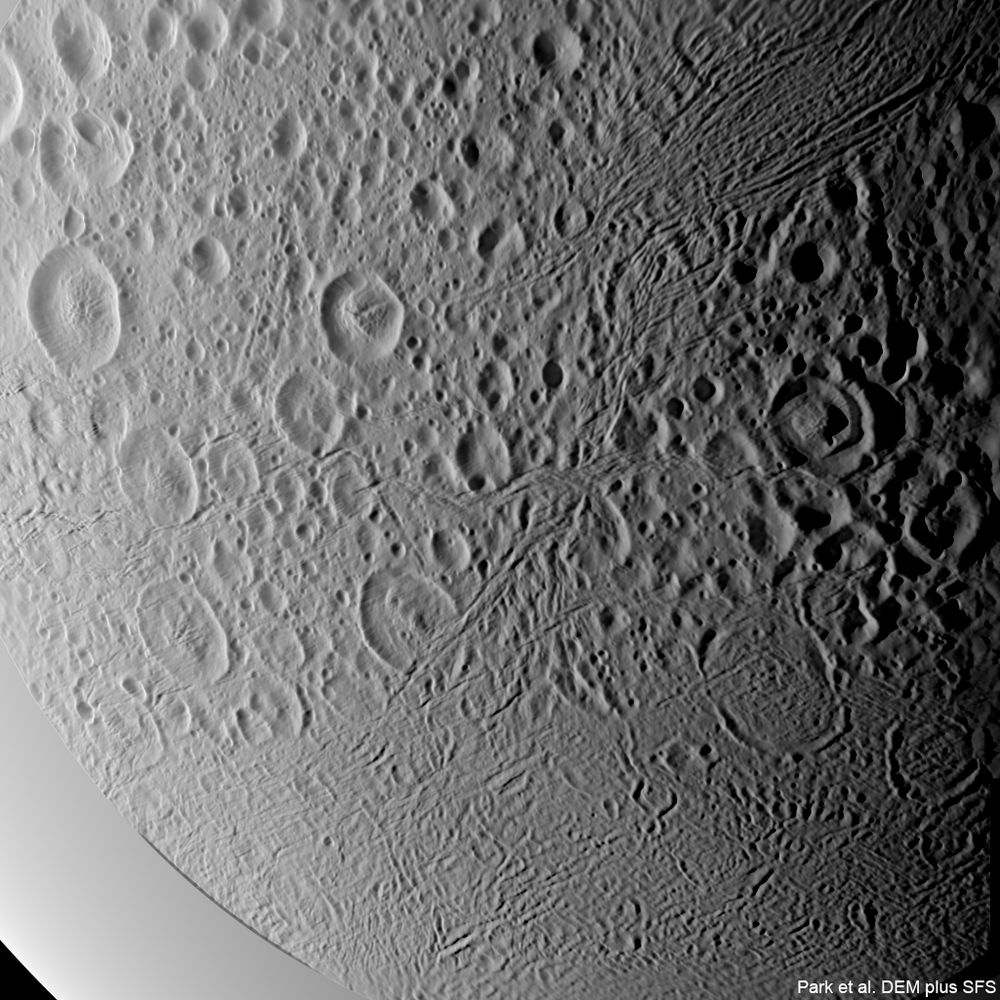Below are small previews of the old and new version of the map. The map is available here: bjj.mmedia.is/data/jupiter...


Below are small previews of the old and new version of the map. The map is available here: bjj.mmedia.is/data/jupiter...




bjj.mmedia.is/data/jupiter...

bjj.mmedia.is/data/jupiter...


































